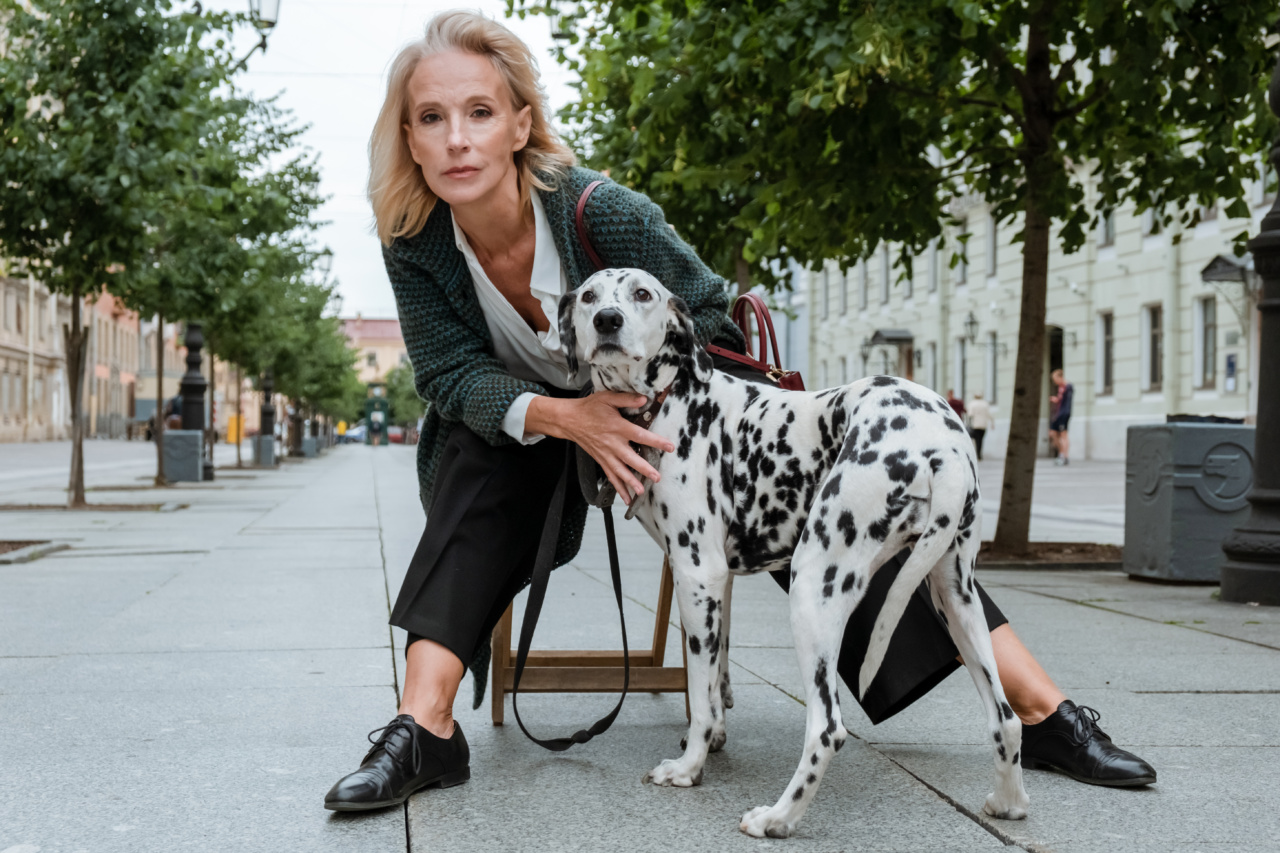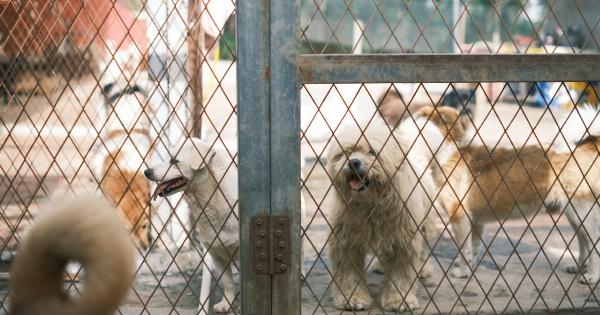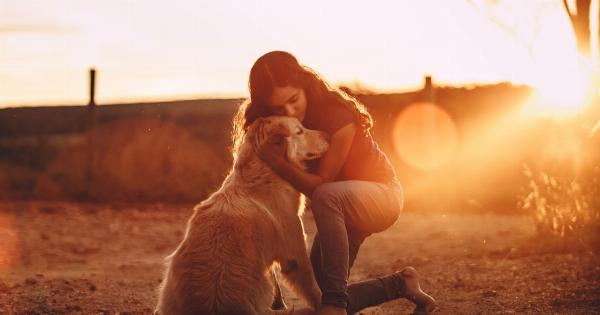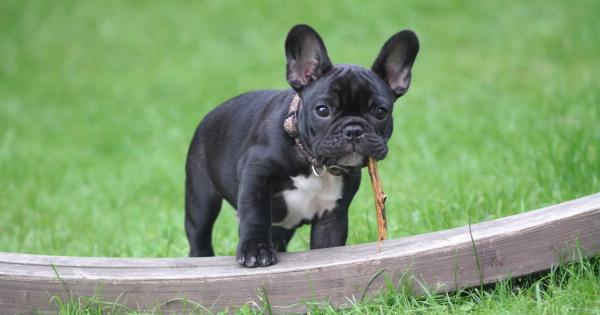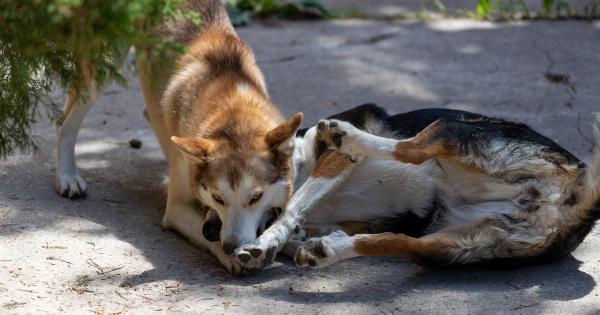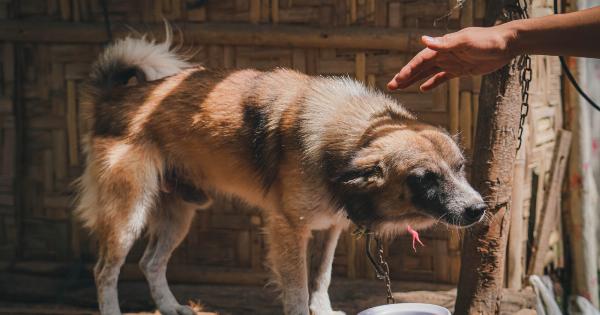Dogs are often referred to as man’s best friend, and for good reason. These loyal and loving creatures have become an integral part of our lives, providing companionship, comfort, and joy.
However, not all dogs we encounter are familiar to us, and it’s essential to approach them with respect to ensure a safe and positive interaction for both the dog and ourselves. In this article, we will discuss the best practices for a respectful approach to an unfamiliar dog, including understanding body language, effective communication, and building trust.
Understanding Dog Body Language
Before approaching an unfamiliar dog, it’s crucial to understand their body language as it can provide valuable insights into their state of mind and whether or not they are comfortable with interaction.
Dogs use their body to communicate their emotions, intentions, and level of arousal. By observing their body language, you can gauge whether it is safe to approach or if the dog is displaying signs of fear, aggression, or stress.
Some common signs of stress or discomfort in dogs include:.
- Ears pulled back
- Tail tucked between the hind legs
- Wide eyes or whale eye (the white portion of the eye is visibly seen)
- Stiff body posture
- Hair standing on end (hackles raised)
- Growling, snarling, or baring teeth
On the other hand, signs of a relaxed and friendly dog include:.
- Loose, wagging tail
- Relaxed body posture
- Soft eyes
- Open mouth and relaxed jaw
- Play bow (front end down, back end up)
Approaching with Calm Energy
Once you have assessed the dog’s body language and determined that it is safe to approach, it’s important to approach with calm and relaxed energy.
Dogs are highly attuned to human emotions, and any anxiety, fear, or aggression you exhibit can quickly be sensed by the dog, potentially leading to an unfavorable reaction.
When approaching an unfamiliar dog:.
- Move slowly and avoid making sudden gestures or loud noises.
- Avoid direct eye contact as it can be interpreted as a challenge or threat.
- Allow the dog to approach you first if they show signs of curiosity and willingness.
- Use a relaxed posture with your body slightly turned to the side.
- Speak softly and gently, using a calming tone of voice.
- Offer an open palm for the dog to sniff, without reaching out aggressively.
By approaching with calm and non-threatening energy, you increase the chances of a positive interaction and enhance the dog’s trust in you.
Effective Communication
Communication plays a vital role in our interactions with dogs. While verbal communication is essential, dogs primarily rely on non-verbal cues to understand our intentions and react accordingly.
Learning to effectively communicate with an unfamiliar dog can help establish a positive connection and build trust.
Key tips for effective communication with dogs include:.
- Use clear and concise commands such as “sit,” “stay,” or “come.”
- Speak in an even tone and avoid shouting or harsh scolding.
- Utilize positive reinforcement through treats, toys, or praise to reward desired behaviors.
- Be patient and give the dog time to process your commands or signals.
- Avoid excessive hugging, kissing, or handling as it can be overwhelming for some dogs.
Remember, each dog is unique, and it’s important to adapt your communication style based on their individual personality, background, and level of training.
Building Trust with the Dog
Building trust with an unfamiliar dog is a gradual process that requires patience, consistency, and respect for their boundaries.
The goal is to establish a positive association with your presence and create an environment where the dog feels safe and comfortable in your presence.
Here are some strategies to build trust with an unfamiliar dog:.
- Allow the dog to approach you on their terms, especially during the initial interactions.
- Avoid reaching over the dog’s head or invading their personal space without invitation.
- Offer treats or engage in play sessions to create a positive association with your presence.
- Respect the dog’s need for personal space and avoid overwhelming them with physical contact.
- Refrain from sudden or forceful movements that may startle or frighten the dog.
- Be consistent in your interactions, ensuring that you follow through with any promises or cues you establish.
By building trust over time, you can create a strong bond with the dog, leading to a deeper understanding and a mutually beneficial relationship.
Ensuring Safety During the Encounter
While approaching an unfamiliar dog with respect and care significantly reduces the risk of negative interactions, it’s crucial to prioritize safety, especially when dealing with dogs you do not know.
Remember that even the friendliest dogs can react unexpectedly in certain situations, and it’s essential to be prepared and aware of safety measures.
Consider the following safety practices:.
- Avoid approaching an unfamiliar dog if they are leashed, behind a fence, or confined in a car.
- Always ask the dog’s owner or handler for permission before attempting to interact with the dog.
- Supervise interactions between unfamiliar dogs and children to ensure the safety of both parties.
- Do not disturb a dog that is sleeping, eating, or nursing puppies.
- If the dog shows signs of aggression, fear, or discomfort, back away slowly and give them space.
- If bitten or attacked, seek medical attention and report the incident to the appropriate authorities.
Prioritizing your safety and the well-being of the dog is essential in every encounter to ensure a positive and enjoyable experience.
Conclusion
Approaching an unfamiliar dog with respect is vital for fostering positive interactions and building trust.
By understanding dog body language, approaching with calm energy, employing effective communication, and prioritizing safety, you can navigate encounters with unfamiliar dogs confidently. Remember, every dog is unique, and establishing trust and mutual respect will contribute to a safe and enjoyable relationship between humans and our canine companions.
